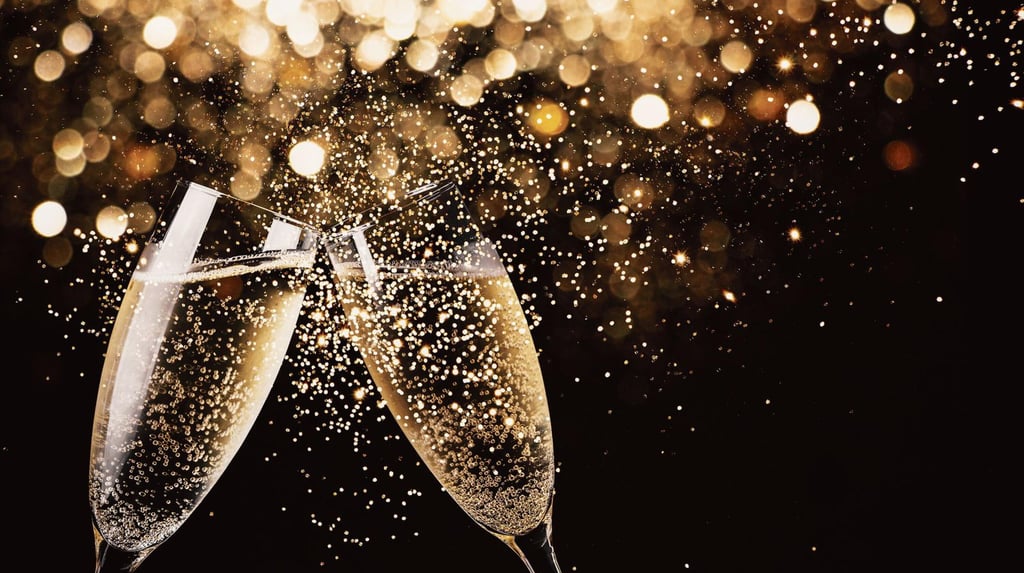
Investing in Champagne
Bubbles with Long-Term Value
3/6/2025


Champagne is often associated with celebration and luxury, but it’s also gaining recognition as a strong investment asset. Over the past decade, the market for fine Champagne has grown significantly, with rare and vintage bottles achieving impressive returns. As collectors and investors increasingly look to diversify their portfolios, Champagne offers a unique opportunity to invest in wines that combine craftsmanship, rarity, and long-term value.
In this week’s WineLux edition, we explore why Champagne is more than just a luxury drink—it's an essential part of any serious wine investment portfolio. From iconic producers to rare vintages, discover how investing in Champagne can provide both financial rewards and enjoyment.
Why Champagne is an Investment Opportunity
Champagne has long been a symbol of celebration, but it’s also proving to be a strong investment asset with consistent demand and increasing prices. There are several key factors that make Champagne a compelling choice for wine investors:
1. Global Demand:
Champagne enjoys strong demand worldwide, particularly in major markets like the US, UK, and Asia. With Champagne consumption growing in emerging markets, the global thirst for bubbles shows no signs of slowing down. High-profile events and celebrations continue to fuel this demand, making Champagne a reliable asset with broad market appeal.
2. Longevity:
Unlike many other wines, Champagne—especially vintage Champagne—has excellent aging potential. Over time, the complexity of Champagne increases as it develops more nuanced flavours and textures. Properly stored, vintage Champagne can age for decades, often appreciating significantly in value as it matures.
3. Scarcity of Vintage Champagne:
While non-vintage Champagnes are produced annually, vintage Champagne is only made in exceptional years, adding an element of rarity. The scarcity of vintage releases, combined with the time needed for maturation, makes these bottles highly sought after by collectors.
Top Producers of Investment-Worthy Champagne
Not all Champagne producers are created equal. For investors, focusing on established maisons with a track record of excellence and aging potential is key. Here are some of the top Champagne producers to consider for your investment portfolio:
1. Dom Pérignon
As one of the most iconic Champagne brands, Dom Pérignon consistently produces high-quality vintage Champagnes that are prized by collectors. Dom Pérignon’s long history, combined with its meticulous production methods, makes it a staple in any serious Champagne portfolio.
Why Invest: Dom Pérignon’s vintages often appreciate over time, particularly limited editions and special releases. Its reputation for excellence ensures continued global demand, and its scarcity adds to its long-term value.
2. Louis Roederer Cristal
Cristal, produced by Louis Roederer, is another legendary name in Champagne. Initially created for the Russian Tsar, Cristal is known for its richness, complexity, and aging potential. Cristal is produced only in the best vintages, further enhancing its rarity and investment potential.
Why Invest: Cristal has a history of strong auction performance and high resale value. The limited production of vintage Cristal ensures that demand consistently outstrips supply, making it a valuable addition to an investment portfolio.
3. Krug
Krug is renowned for its bold and complex Champagnes, with a focus on meticulous craftsmanship. Krug’s prestige cuvée, the Krug Grande Cuvée, and its vintage releases are known for their long aging potential and their ability to develop extraordinary depth over time.
Why Invest: Krug’s wines are some of the most complex and sought-after in the world of Champagne. Its unique production methods and long aging times make Krug an excellent investment, particularly for collectors looking for wines that can develop over decades.
4. Salon
Salon is one of the rarest and most prestigious Champagnes, known for producing only vintage Blanc de Blancs from Chardonnay grapes. With just one or two vintages produced per decade, Salon is extremely limited in production, making its wines incredibly collectible.
Why Invest: Salon’s extreme rarity and exceptional quality have made it one of the most sought-after Champagnes on the market. Its prices continue to rise, particularly as older vintages become harder to find.
5. Bollinger
Bollinger is famed for its rich, full-bodied style and long aging potential. Best known for its vintage Grande Année and the rare RD (Recently Disgorged) series, Bollinger produces wines that age beautifully, offering excellent returns for investors.
Why Invest: Bollinger’s commitment to quality and its aging potential make it a favourite among Champagne collectors. The RD series, in particular, is highly valued for its extended aging and complexity, often commanding premium prices at auction.
Vintage vs Non-Vintage Champagne: What’s the Difference?
Understanding the difference between vintage and non-vintage Champagne is essential for investors:
Non-Vintage Champagne: Produced every year by blending wines from different vintages, non-vintage Champagne is designed to be consistent in style and ready to drink upon release. While high-quality non-vintage Champagnes can hold their value, they generally don’t appreciate as significantly as vintage releases.
Vintage Champagne: Made only in exceptional years, vintage Champagne comes from a single harvest and is typically aged for longer before release. Vintage Champagnes are often more complex and have greater aging potential, making them highly collectible and valuable over time.
For investors, vintage Champagne offers the greatest potential for appreciation, particularly when sourced from top producers and exceptional years.
Market Trends and the Growing Appeal of Champagne
The Champagne market has seen impressive growth over the past decade, with vintage Champagnes becoming increasingly popular among collectors and investors. Several key trends are driving this growth:
Increased Interest from Asia: Champagne’s popularity is on the rise in Asia, particularly in China, Hong Kong, and Japan, where consumers are drawn to its luxury status and rarity. This growing demand is driving up prices, particularly for vintage and prestige cuvées.
Sustainability in Champagne: Many Champagne houses are embracing sustainable practices, which resonates with eco-conscious consumers. Producers like Louis Roederer are adopting biodynamic farming techniques, adding another layer of appeal to their wines.
Auction Performance: Champagne is performing well at auctions, with vintage bottles from top producers often fetching high prices. As demand for older vintages increases, collectors are seeing strong returns on investment, particularly for rare bottles from celebrated years.
How to Invest in Champagne
Investing in Champagne requires careful selection and knowledge of market trends. Here are a few tips to help you get started:
Focus on Top Producers: Wines from established, prestigious producers like Dom Pérignon, Krug, and Cristal have a proven track record of appreciation, making them reliable investments.
Seek Out Vintage Champagne: Vintage Champagnes, especially from exceptional years, are more likely to appreciate in value. Look for critically acclaimed vintages that are expected to age well.
Proper Storage is Key: Champagne must be stored properly to maintain its value. Keep your bottles in a temperature-controlled environment with consistent humidity to ensure they age gracefully.
Monitor Market Trends: Keep an eye on auction results and market reports to identify emerging trends and opportunities. The Champagne market is dynamic, and staying informed can help you make timely investment decisions.
Conclusion: Champagne—More Than Just a Celebration
Champagne offers a unique combination of luxury, rarity, and long-term value. Whether you’re adding vintage bottles to your portfolio or exploring limited editions from top producers, investing in Champagne can provide both financial returns and personal enjoyment. As the global market for fine wine continues to evolve, Champagne remains a valuable and exciting asset for any serious investor.

